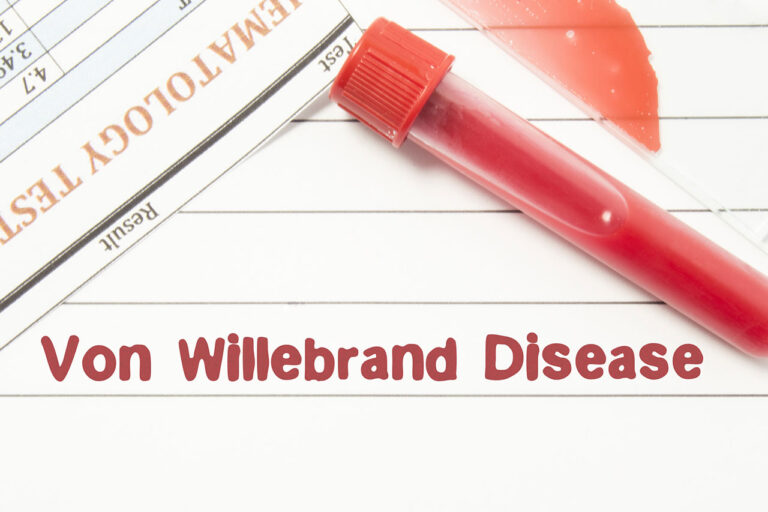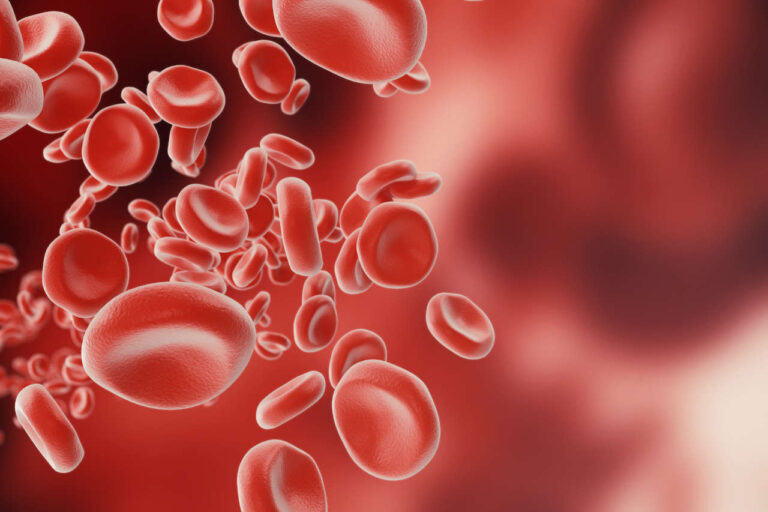
If you’ve been diagnosed with emphysema (a lung disease) or are experiencing symptoms similar to emphysema due to alpha-1 antitrypsin deficiency (AATD), your healthcare provider may prescribe a medication called GLASSIA.
Get Financial Assistance
GLASSIA, also known by its generic name, alpha-1 proteinase inhibitor (Alpha 1-PI), was approved by the FDA on July 1, 2010, for AATD. This medication replaces the missing Alpha 1-PI in adults with AATD and helps prevent further lung damage.
Read on to learn important details about this drug, such as its usage, dosage, working mechanisms, associated side effects, warnings, and precautionary measures.
What is GLASSIA Used for?
GLASSIA infusions are FDA-approved for chronic augmentation and maintenance therapy in adults who have emphysema due to severe hereditary deficiency of alpha-1 proteinase inhibitors.
Note: Alpha-1 proteinase inhibitor (Alpha 1-PI) and alpha-1 antitrypsin (AAT) are both terms that refer to the same protein.
Composition and Mechanism of Action
GLASSIA is made from human plasma (the liquid part of the blood), which contains alpha-1 proteinase inhibitor protein.
Normally, alpha 1-PI or ATT protein protects the lungs by stopping the activity of an enzyme (a protein) called neutrophil elastase, which kills bacteria in the lungs.
However, in people with AAT deficiency, elastase doesn’t stop working and eventually damages the lungs. This typically leads to emphysema, which causes symptoms like shortness of breath, wheezing, and a chronic cough.
Mechanism of Action
GLASSIA treatments work by raising the alpha-1 PI levels in the bloodstream. This helps lower inflammation and prevent further damage to lung tissue, thereby slowing the progression of lung disease.
Note: GLASSIA is not a cure for AAT deficiency; it only helps to manage this complex condition and slow down or prevent further lung damage.
GLASSIA Dosing and Administration
GLASSIA is a liquid medication that is administered through intravenous (IV) infusions once a week. It’s available as a single-dose vial containing approximately 1 gram (1,000 mg) of functional Alpha-1 PI in 50 ml of ready-to-use solution.
The recommended dosage of this medication is 60 mg/kg of body weight, which is infused at a rate of 0.2 ml per kg per minute. GLASSIA infusions take approximately 15 minutes.
The dosage of GLASSIA is based on your body weight; your dose may change if you lose or gain weight.
GLASSIA: Side Effects
The most common side effects are headaches and upper respiratory tract infections. Other possible side effects of GLASSIA include:
- Cough
- Fatigue
- Nausea
- Dizziness
- Sinus infection
- Chest discomfort
- Shortness of breath
- Increased liver enzymes
Serious side effects observed during clinical trials include:
- Worsening or flare-up of chronic obstructive pulmonary disease (COPD)
Speak to a Specialist
About Copay AssistanceGet medical help immediately if you notice signs of an allergic reaction to GLASSIA. Common signs include:
- Itching
- Hives and rash
- Chest discomfort
- Fainting or dizziness
- Swelling in the mouth or throat
- Trouble breathing and wheezing
Your healthcare provider may prescribe epinephrine or provide other supportive care for certain severe allergic reactions.
Contraindications and Warnings

GLASSIA is contraindicated in patients who have:
- Active lung infections
- A history of severe allergic reactions to alpha 1-PI products
- Immunoglobulin A (IgA) deficiency with antibodies against IgA
Furthermore, you may get an infection from GLASSIA. Although this medication is made from human blood and undergoes a rigorous testing and screening process, there is still a chance that it might contain infectious agents such as:
- Viruses
- The variant Creutzfeldt-Jakob disease (vCJD)
- The Creutzfeldt-Jakob disease (CJD) agent
Precautionary Measures
Before opting for GLASSIA, tell your healthcare provider if you are/have:
- Pregnant or plan to become pregnant because it is not known whether GLASSIA treatments can cause harm to an unborn baby.
- Breastfeeding or plan to breastfeed, since there is no information available on how GLASSIA infusions may affect breastfed infants or milk production.
- Taking any over-the-counter medications, supplements, or herbal products.
- Any health problem like liver disease, chronic obstructive pulmonary disease (COPD), or other breathing problems.
Estimated Cost of GLASSIA
One single-use vial of GLASSIA (for intravenous use) typically costs around $10. However, the cost could differ depending on your pharmacy.
Alternatives to GLASSIA
Your healthcare provider might prescribe other medications in place of GLASSIA. Some possible alternatives are Aralast, Aralast NP, Zemaira, and Prolastin. Talk to your healthcare provider about which medication is best for you.
Get Copay Assistance Now
Take the Next Step With AmeriPharma® Specialty Pharmacy
Managing alpha-1 antitrypsin deficiency with GLASSIA infusions can help slow lung damage and improve quality of life.
If your healthcare provider has recommended GLASSIA treatment for your condition, AmeriPharma® Specialty Pharmacy is here to support you every step of the way.
Our URAC-accredited specialty pharmacy offers at-home GLASSIA therapy with full-service coordination, copay assistance, and 24/7/365 support. Book a call today to speak to a patient navigator and start receiving specialty care at home.
Frequently Asked Questions (FAQs)
Can GLASSIA infusions cure AATD?
No, it does not cure AATD; it only helps slow the progression of lung disease by increasing the levels of alpha-1 antitrypsin protein (AAT) in the blood and lungs. There currently isn’t a cure for AATD.
How long do I need to take GLASSIA?
AATD is a lifelong condition, so treatment with GLASSIA is ongoing. Your healthcare provider will likely have you continue taking the medication as long as it’s helping your condition and you’re not having any significant side effects.
Talk to your healthcare provider if you have questions or concerns about your treatment.
Can I receive this medication at home?
Yes, many patients receive GLASSIA medication at home after proper training or with the help of a nurse. However, your healthcare provider will likely have you receive the first few doses in a clinic or infusion center.
GLASSIA comes in a ready-to-administer formulation, so you don’t need to mix anything before infusion.
Is GLASSIA treatment the same as other AAT therapies?
GLASSIA is similar to other Alpha 1-PI therapies like Prolastin-C, Aralast NP, and Zemaira. Still, it is unique because it is a ready-to-use liquid rather than a powder that requires mixing.
What should I do if I miss a dose?
If you miss a dose, contact your healthcare provider for further instructions. Do not double the next dose to make up for the missed one.
Is this medication FDA-approved?
Yes, GLASSIA is an FDA-approved medication. The 1-gram vial size was approved by the FDA in 2010, and the new larger vial sizes (4 and 5 grams) will be available beginning July 2025.
Is GLASSIA a biologic?
Yes, GLASSIA (Alpha1-Proteinase Inhibitor [Human]) is a biologic, meaning it’s derived from human blood plasma.
What is the maximum infusion rate?
The maximum recommended infusion rate for GLASSIA is 0.2 ml/kg/min. Your infusion should only take approximately 15 minutes at the recommended dose and maximum infusion rate.
REFERENCES:
- US Food and Drug Administration (FDA). GLASSIA Prescribing Information: https://www.fda.gov/media/78773/download
- Li, Z., Franke, R. M., Morris, D., & Yel, L. (2022). Comparative biochemical efficacy analysis of an alpha1-proteinase inhibitor (Glassia®) in patients with alpha-1 antitrypsin deficiency. Pulmonary Pharmacology & Therapeutics, 73-74, 102124. https://doi.org/10.1016/j.pupt.2022.102124
- GLASSIA [Alpha1 -Proteinase Inhibitor (Human)] Injection Solution, prescribing information. Lexington, MA: Baxalta US Inc. September 2023. https://www.glassialiquid.com/hcp/pdf/dosage-and-administration-guide.pdf
- GLASSIA Administration Guideline:https://www.glassialiquid.com/hcp/pdf/dosage-and-administration-guide.pdf












